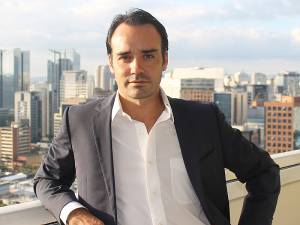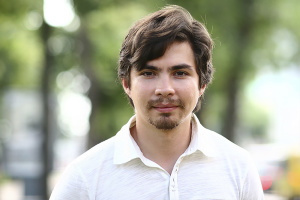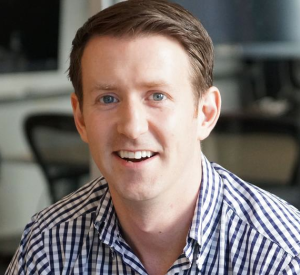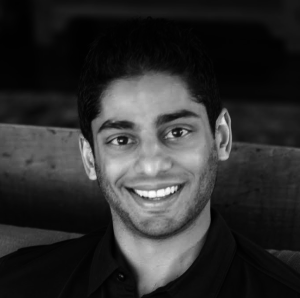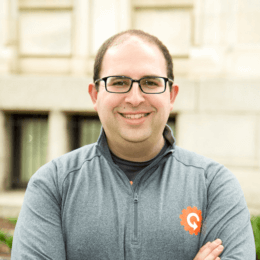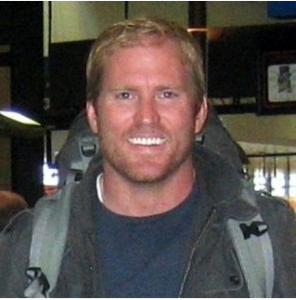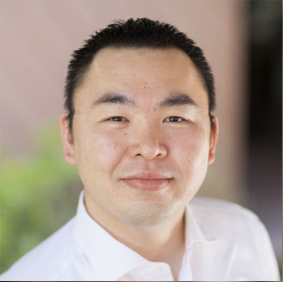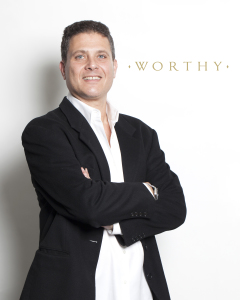Entrepreneur Journeys
The Startup Velocity Question: What Hinders Acceleration in VC Funded Companies?

I have been running 1Mby1M since 2010. I find myself saying to entrepreneurs ad nauseam that VCs want to invest in startups that can go from zero to $100 million in revenue in 5 to 7 years.
Startups that do not have what it takes to achieve velocity should not be venture funded.
Experienced VCs, over time, have developed heuristics to gauge what constitutes a high growth venture investment thesis.
>>>1Mby1M Udemy Courses with Sramana Mitra: Bootstrapping
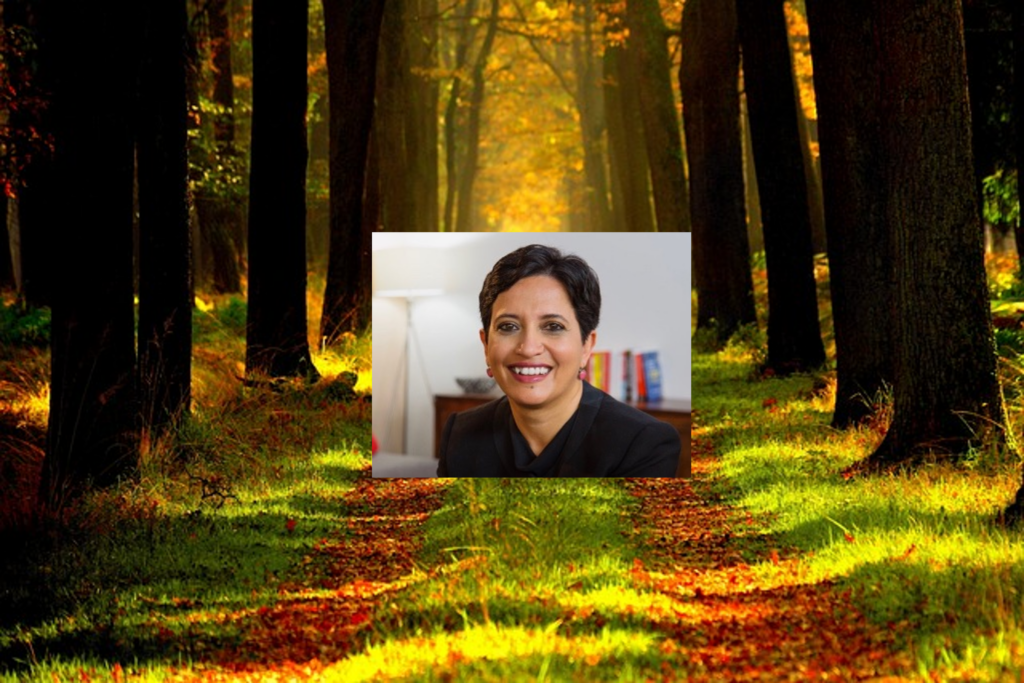
Over the course of two years, we have released over 70 courses on Udemy with the aim to democratize entrepreneurship education at scale globally. This series of posts aims to help you find the one you need easily and provide you with discount coupons.
>>>Building a FinTech Company in Brazil: Sergio Furio, CEO of BankFacil (Part 1)
Companies are starting to scale in Latin America. In this story, we bring you a FinTech company’s journey from its bootstrapped beginnings to validation, venture financing, and scaling.
Sramana Mitra: Let’s start at the very beginning of your story. Where are you from? Where were you born, raised, and in what kind of background?
Sergio Furio: I’m Spanish. I graduated in 2000 in Business Administration. I spent five years in Deutsche Bank doing investment banking.
Sramana Mitra: In Spain? >>>
Featured Videos
Can 1M/1M Help Me Raise Money?
How Does 1M/1M Democratize Entrepreneurship Education?
How Does 1M/1M Democratize Management Consulting?
When Is The Right Time To Join 1M/1M?
Can 1M/1M Help Me With Business Development?
Can 1M/1M Help Me With Market Sizing?
Can 1M/1M Help Me Validate My Product?
Will I Have Private 1-on-1 Sessions In 1M/1M?
How Does 1M/1M Help Entrepreneurs Connect With Silicon Valley?
Mentoring or Consulting?
Why Does 1M/1M Charge $1000 a Year?
Why Does 1M/1M Partner With Local Organizations?
Why Don\’t Mentoring Networks Work?
Why Is It Important To Study With 1M/1M Now?
Dan Stewart Story
Vikrant Mathur Story
Bootstrapping Using Services from Russia: Ruslan Fazlyev, CEO of Ecwid (Part 1)
If you haven’t already, please study our Bootstrapping Course and Investor Introductions page.
We’ve discussed Bootstrapping Using Services extensively over the years. Ruslan used eLance (not Upwork) to source service projects, then built, first a platform+services business that scaled to over $10 million in revenue. Then he spun off a pure play e-commerce platform business that now has over a million merchants using it. Revenue is over $5 million.
Sramana Mitra: Let’s start at the very beginning of your journey. Where are you from? Where were you born, raised, and in what kind of background?
Ruslan Fazlyev: I was born in a very little town in Russia. I grew up in Ulyanovsk, which is a city on the Russian river Volga. The city that you grew up in interests you more than the place of birth.What’s interesting about that place is it’s the place where Lenin was born – the guy who founded USSR. Because it’s >>>
Bootstrapping Using Services: Sylvana Caridi Coche, CEO of Gravity Pro (Part 1)
If you haven’t already, please study our Bootstrapping Course and Investor Introductions page.
Sylvana has an aura of no nonsense, no bullshit confidence about her that I find immensely attractive. Read her story to feel the force of sheer energy, smarts, and execution to learn how she did it!
Sramana Mitra: Let’s start by introducing our audience to yourself as well as Gravity Pro.
Sylvana Caridi Coche: I’m 42. I was born and raised in France. My parents were from Italy. They moved from Italy to France to find work because, at that time, it was hard for them because they were both illiterate. I was the last kid and grew up in a very low-class environment. I studied all the way to my doctorate, but I did not do my thesis because I went to work. >>>
Successful Pivot from B-to-C to B-to-B: Inkling CEO Matt MacInnis (Part 1)
If you haven’t already, please study our Bootstrapping Course and Investor Introductions page.
Here’s another pivot story. Note: pivots are very expensive to do in VC timeline and cap tables. Matt discusses how damaging the ownership structure has been. Worth understanding the ramifications.
Sramana Mitra: Let’s start at the very beginning of your journey. Where are you from? Where were you born, raised, and in what kind of background?
Matt MacInnis: I’m from Nova Scotia, Canada. I’m from a small island in the northeast, 300 miles to the nearest airport. My mom was a school teacher and my dad was a factory worker. We had a pretty good upbringing up there. It was a little bit cold in the winter. I ended up getting into Harvard somehow from that little town. We had to find a way to make that work. My parents, very graciously, gave their retirement savings to make that work. >>>
Bootstrapping With a Paycheck to Techstars: Nevin Shetty, CEO of Blueprint Registry (Part 1)
If you haven’t already, please study our Bootstrapping Course and Investor Introductions page.
In a previous story, we showed you how Jas Grewal bootstrapped his company CareSkore with a paycheck and then got into YCombinator with a validated business. With Blueprint, we show you the same strategy as executed by Nevin Shetty to get into TechStars.
Sramana Mitra: Let’s start at the very beginning of your journey. Where are you from? Where were you born, raised, and in what kind of background?
Nevin Shetty: I was born in Alabama but the first memory I have is of Saudi Arabia. I spent five years in Saudi Arabia. My dad is an aeronautical engineer. I grew up in an American compound in Riyadh and had an amazing childhood. Growing up, I remember my mom teaching English to some of the Saudi princes. >>>
Managing a Successful Pivot from B-to-C to B-to-B: Jifiti Co-Founder and CMO Shaul Weisband (Part 1)
If you haven’t already, please study our Bootstrapping Course and Investor Introductions page.
Jifiti started life as a B-to-C gift-giving service. That didn’t work. Read how they maneuvered their way to a successful B-to-B business.
Sramana Mitra: Let’s start at the very beginning of your personal journey. Where are you from? Where were you born, raised, and in what kind of background?
Shaul Weisband: I was born the United States. I moved with my family, when I was seven, to Israel. Israel is pretty much where I was raised and went to school. That’s where I founded our company Jifiti at the end of 2011. Our development and operations teams are still there. Our US office is based in Columbus. That is where I relocated with my business partner around four years ago to head our local offices here in the US and focus on our business development and marketing. >>>
Raising Funding on AngelList: Contactually CEO Zvi Band (Part 1)
If you haven’t already, please study our Bootstrapping Course and Investor Introductions page.
Zvi has raised several rounds of financing on AngelList in the process of building Contactually. Among other things, his experience with the platform is interesting in this interview.
Sramana Mitra: Let’s start at the very beginning of your personal journey. Where are you from? Where were you born, raised and in what kind of background?
Zvi Band: I was born in Boston. I was mainly raised on the West Coast. Then my family moved to the DC area to follow my father’s career. I’ve been now a DC resident for the past 15 years. I would qualify myself as a builder. As a kid, I always had Legos in my hands. Legos turned into software and software turned into companies. >>>
Building a Fast Growing FinTech Company from Utah: MX CEO Ryan Caldwell (Part 1)
If you haven’t already, please study our Bootstrapping Course and Investor Introductions page.
Ryan self-financed, with some seed money, a FinTech company selling to small financial institutions. Today, the company has delivered 185% y-o-y growth for five consecutive years.
Sramana Mitra: Let’s start at the very beginning of your journey. Where are you from? Where were you born, raised, and in what kind of background?
Ryan Caldwell: I was born in Berlin, Germany. My father was a lawyer in the military. He was stationed in Germany at that time. My older brother and I were both born in Germany.
Sramana Mitra: What did you do for college? >>>
Building a Big Data Venture: Hiro Yoshikawa, CEO of Treasure Data (Part 1)
If you haven’t already, please study our Bootstrapping Course and Investor Introductions page.
A very interesting story of a big data infrastructure management startup.
Sramana Mitra: Let’s start at the very beginning of your journey. Where are you from? Where were you born, raised, and in what kind of background?
Hiro Yoshikawa: I am a native Japanese. I was born in Tokyo in 1978 and was raised on the outskirts. Even when I was a very small kid, I loved literature. Mostly, I like Japanese novels like Murakami. Do you know Murakami?
Sramana Mitra: I do. Were you reading in Japanese or in English? >>>
Diamond Auctions Online: Benny De-Kalo, CEO of Worthy.com (Part 1)
If you haven’t already, please study our Bootstrapping Course and Investor Introductions page.
I recently had dinner in Berlin with Alex and Suzi Zache, founders of Auctionata, an online auction house that has scaled to over $150 million in revenue. You can refresh that story here. Here’s another online auction story that is scaling nicely as well, specifically in diamond auctions. The company is at over $50 million in revenue.
Sramana Mitra: Let’s start at the very beginning of your journey. Where are you from? Where were you born, raised, and in what kind of background?
Benny De-Kalo: I was born in Tel Aviv, Israel. I moved to New York after the military service, which is mandatory in Israel. I went to school in New York and >>>

